Partnerships, collaborations, and acquisitions are often signs of maturity for an industry. For the drone sector, news of business integrations points to the strength of the market, increased acceptance of uncrewed technology, and the ability of companies to adapt and adjust to the needs of their customers.
Recent news from Alabama-based InTerra demonstrates how the industry is growing and how drone-based operations are improving in adaptability and functionality. In February, InTerra, a company specializing in SmarTarget systems for geospatial applications, introduced Datum, a high-precision GPS base station aimed at the precision drone surveying market. And, since last fall, the company has entered into three strategic partnerships:
- WISPR Systems: In February, InTerra entered into a partnership with WISPR Systems, “a leading provider of cutting-edge drone-based photogrammetry and LiDAR solutions.” According to InTerra, “This collaboration will bring the most accurate, seamless and fully American-made solution to the surveying and mapping industry.”
- gNext: Also in February, InTerra partnered with the photogrammetry platform gNext. According to a statement from InTerra, “This collaboration allows gNext customers to increase their survey accuracy with physical ground control points that get scanned during data collection.”
- SISO Air: Last October, InTerra announced that entered into a reseller agreement with SISO Air to offer the company’s SmarTarget® GPS-enabled ground control point designed for mapping and surveying projects.

To learn more about these recent developments, Commercial UAV News spoke with InTerra co-founder and CEO Larry Donelson.
A civil engineer with more than 35 years of experience in surveying and mapping, Donelson discussed the importance of his company’s new partnerships, the capabilities of the new Datum system, and how surveyors and mappers will continue to add drone technology to their operations in the years to come.
Commercial UAV News: Tell us about SmarTarget and InTerra’s approach and what it means for your surveying and mapping customers.
Donelson: When I talk to customers, I'm hearing about the same pain points around the work they do in the field and in processing the data. So, we have been trying to find ways to make it easier, to create workflows in the field that are easy—one button on button, button off, for instance—and to understand the overall solution, including the desktop processing. One of the things that our software does is make it easy for the user to follow a workflow where the majority of assumptions are made at the beginning. The other part of it is about making it easier to put data into the system. So, we looked what our partners need and at how we can feed our data into their solutions to create a seamless integrated workflow.
Commercial UAV News: Let’s talk about surveyors and mappers and how they use your systems along with drones. How do your partnerships help these people?
 - A.jpg.small.400x400.jpg) Donelson: Our partnerships with WISPR and gNext allow for a seamless integration from collecting the data in the field all the way to being able to get it processed. This includes high-accuracy orthomosaics, elevation models, or other georeferenced products with minimal inputs. As I mentioned, making it simple is a big issue for us. When we were looking to work with WISPR and gNext, we were asking: “Are their products easy to understand?”, “Can a user pick it up and go to work quickly with it?”, and “What kind of support do they have?” From talking to customers, we knew they wanted these kinds of solutions. They want to see something that's straightforward and simple and powerful.
Donelson: Our partnerships with WISPR and gNext allow for a seamless integration from collecting the data in the field all the way to being able to get it processed. This includes high-accuracy orthomosaics, elevation models, or other georeferenced products with minimal inputs. As I mentioned, making it simple is a big issue for us. When we were looking to work with WISPR and gNext, we were asking: “Are their products easy to understand?”, “Can a user pick it up and go to work quickly with it?”, and “What kind of support do they have?” From talking to customers, we knew they wanted these kinds of solutions. They want to see something that's straightforward and simple and powerful.
Commercial UAV News: Explain how your systems simplify surveying and mapping processes?
Donelson: We are literally making it a tool that's easy to pull out, carry with you, and use. It's designed to be portable. It lets you push the button, turn it on, and walk away. And when you're through, it will turn off.
Commercial UAV News: Besides simplicity, are there other advantages?
Donelson: One of the things that that we talk about is repeatability. Can the process be repeated over and over and get the same type of quality in the result? With our systems, it kind of removes the human error because you don't have to go check a whole bunch of different settings. Things are already assumed to be there, and the workflow is already set up for you.  - B.jpg.small.400x400.jpg) We used to have vast settings and huge input arrays to set up a project, but the development side has gotten so good at looking what the user is trying to do that we have been able to streamline the workflow. Now, assumptions can be made about the output you want, and we do this on the front end.
We used to have vast settings and huge input arrays to set up a project, but the development side has gotten so good at looking what the user is trying to do that we have been able to streamline the workflow. Now, assumptions can be made about the output you want, and we do this on the front end.
Commercial UAV News: Tell us about your new product, Datum.
Donelson: Datum is a local base station that's on site. It gives our users the ability to collect good quality data on the ground, and it allows for a high level of repeatable accuracy in data collection without needing expensive or complex external equipment. It's one button in the field, and users can come back from the field and plug everything in to process the data. They return from the field, connect the devices, and Locator handles the rest—position processing, transformation, and output formatting—making it an efficient and powerful solution.
Commercial UAV News: In light of InTerra’s partnerships and the introduction of Datum, how do you see the future of the use of drones in surveying and mapping? What can we expect going forward?
Donelson: I think 2025 is a pivotal year for this industry. We're going to see larger scale adoption of drone technology for data collection. But it's not just going to be more people flying drones. It's going to be a next-level type of data acquisition and data processing.




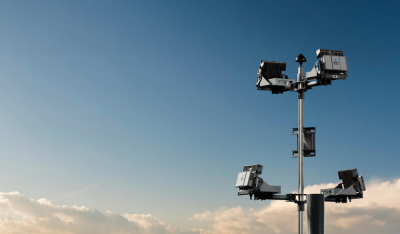

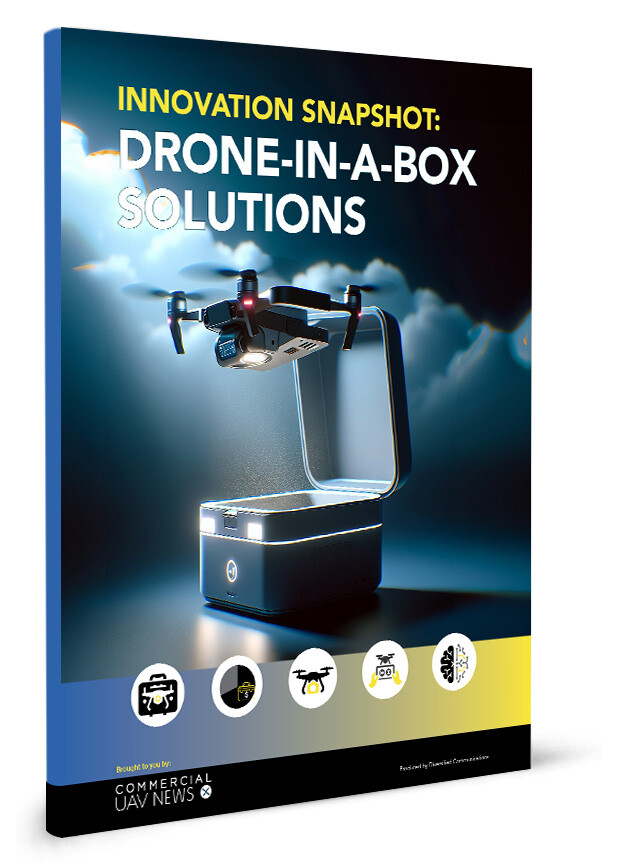

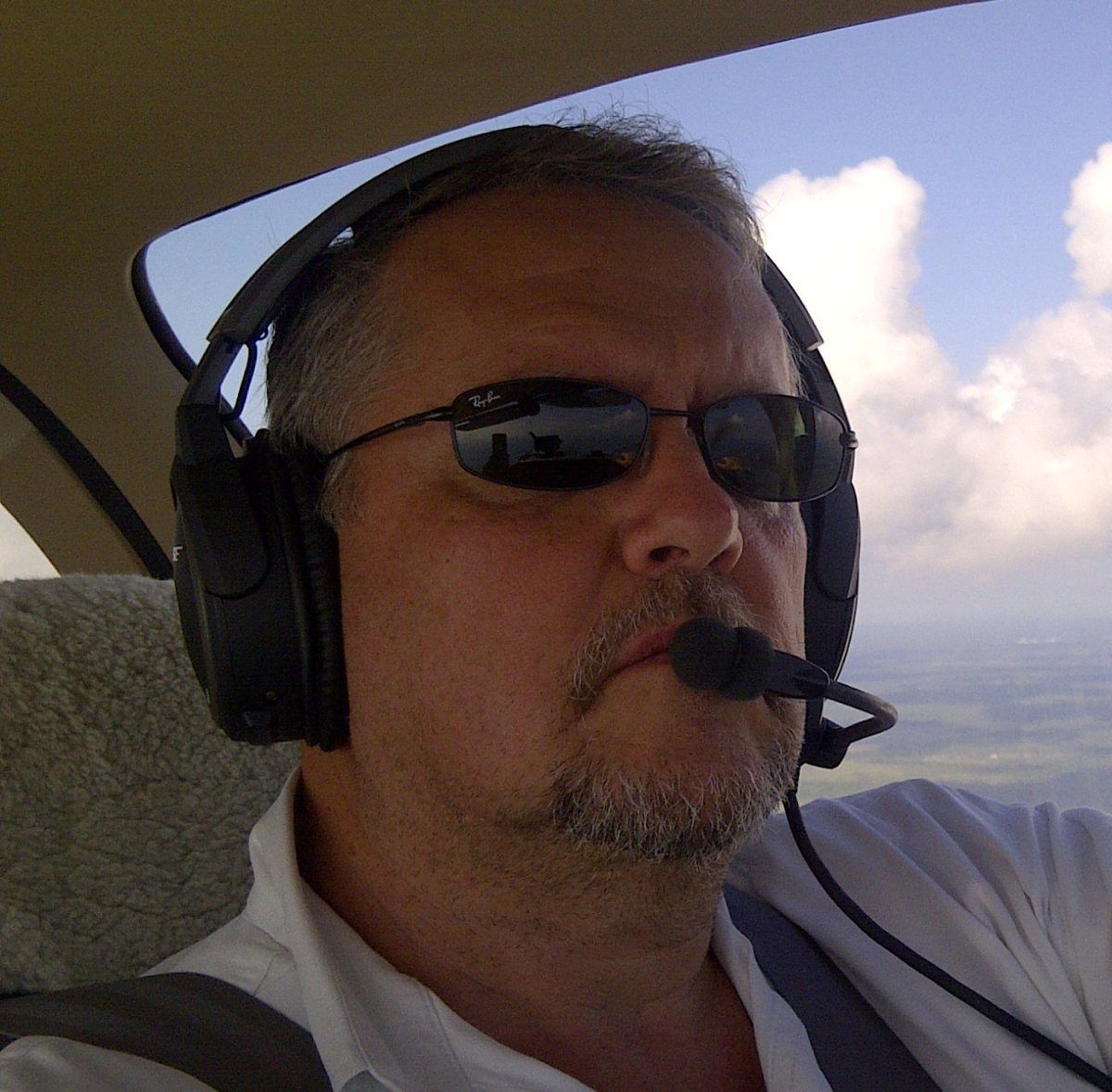



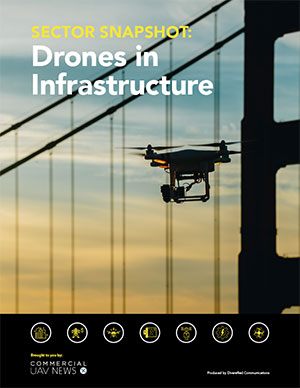
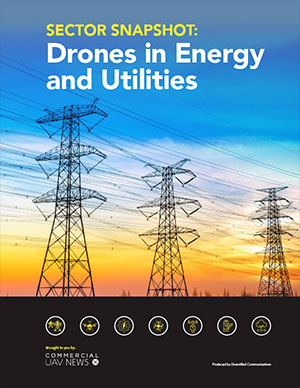
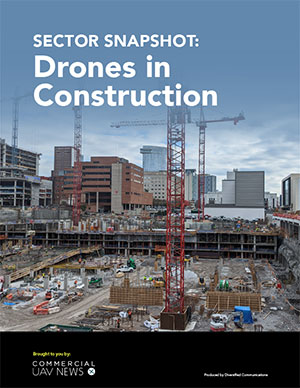
Comments